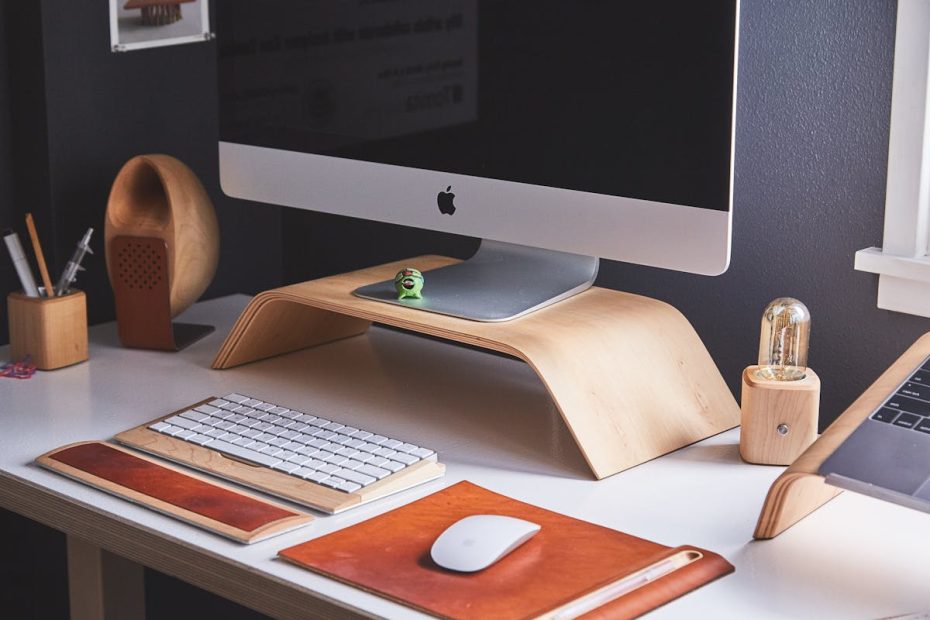Smart home technology is quickly taking the lead in modern interior design in a world where comfort and elegance meet innovation. Creative interior design firms are at the center of this transition. They create opulent houses that convey a distinct story using lush textiles, sophisticated materials, and elegant surfaces. Their philosophy of combining elegance with intelligent functionality to create “livable luxury” aligns with the fundamental principles of smart home technology. This article delves into how innovative companies are paving the way for a seamless fusion of attractive aesthetics with cutting-edge convenience, transforming how we interact with our living environments.
Evolution of Smart Home Technology
The evolution of smart home technology has been enormous, going from simple programmable thermostats to complex systems controlled by voice commands. The Internet of Things (IoT) and other technological advancements have made homes more intuitive. Smart thermostats, for instance, adapt to our tastes and provide comfort and energy efficiency. Using technology while boosting aesthetic appeal and functionality, the partnership between tech developers and interior designers is launching new smart home solutions. The development of smart speakers and displays has made it easier to operate numerous home appliances seamlessly, leading to a more connected lifestyle. Continued research and development in smart home technologies promise to make our homes smarter, safer, and more comfortable.
Impact on Interior Design
The interaction between interior design and smart home technology is facilitating a paradigm shift. Today’s designers strive to create spaces that are tech-savvy, practical, and intuitive. Modern design strategies now include elements like voice-controlled assistants, motorized shades, and smart lighting systems. As a result of shifting lifestyle dynamics and the increasing significance of tech integration, interior designers and IT experts increasingly work together to ensure seamless smart tech integration. The ability to control home elements with smart devices has also improved the user experience by making living spaces more interactive. Contemporary architecture is increasingly characterized by the fusion of attractive aesthetics with clever practicality, resulting in houses that are not only aesthetically pleasing but also intellectually stimulating.
Benefits of Integrating Smart Technology
Smart technology integration offers advantages that go beyond simple ease. Energy efficiency, financial savings, and a rise in property value are all benefits of smart technology. It is a reasonable investment for homeowners and an appealing feature for designers to include in their designs. Smart heating and lighting systems reduce energy use and encourage sustainability, while smart security systems offer peace of mind. Additionally, the seamless integration of smart technology can greatly increase a property’s marketability and appeal, giving it a competitive advantage in the real estate market. Routine tasks can be automated to save time and enable homeowners to concentrate on other crucial areas of their lives. Combining smart technology and interior design is a step toward creating living spaces that accommodate people’s changing requirements and tastes, not just modern luxury.
Challenges and Solutions
While combining smart technology and interior design has many advantages, there are some drawbacks as well. Obsolescence in technology is one main worry. Rapid technological change puts smart home systems in danger of aging out. Given the volume of personal information that smart devices can gather and keep, privacy and security are major concerns as well. Implementing smart technology might be expensive initially, which may discourage homeowners. These problems are starting to have solutions. For instance, choosing upgradeable systems and timeless technological solutions can reduce the danger of obsolescence. Concerns about privacy can be addressed by ensuring strong security measures and educating households on safe smart tech usage. Also, costs are likely to drop as smart technology spreads. Together, interior designers and IT specialists are creating smart home solutions that are both affordable and enhance the visual appeal of homes while also considering the financial restraints of homeowners.
Future Trends
The future of interior design and smart home technology is promising, with numerous cutting-edge trends on the horizon. The planning of interior design is about to undergo a revolution as augmented reality (AR) and virtual reality (VR) enable homeowners and designers to view places before making any practical alterations. Advances in AI and machine learning also promise more user-friendly and self-learning smart home appliances that can adapt to our habits and preferences over time. The idea of combining smart home devices with sustainable energy options like solar panels is intriguing. More effective energy management in smart homes could improve sustainability. It is projected that the relationship between tech companies and interior designers will strengthen, resulting in more user-friendly, integrated smart home solutions that not only improve aesthetic appeal but also help the environment.
Conclusion
Designing environments that are cozy, practical, and aesthetically pleasing is becoming easier because of the convergence of smart home technology and interior decoration. As we move into a future where our houses reflect our tastes and intelligently respond to our wants, it’s an exciting time for homeowners, designers, and tech enthusiasts. The fusion of intelligent functionality and aesthetics redefines the very concept of comfortable living. As we embrace this transformation, the lines between technology and design are likely to become less distinct, leading to the creation of living spaces that are the perfect synthesis of beauty, intelligence, and efficiency.
For more on INJ Architects:
